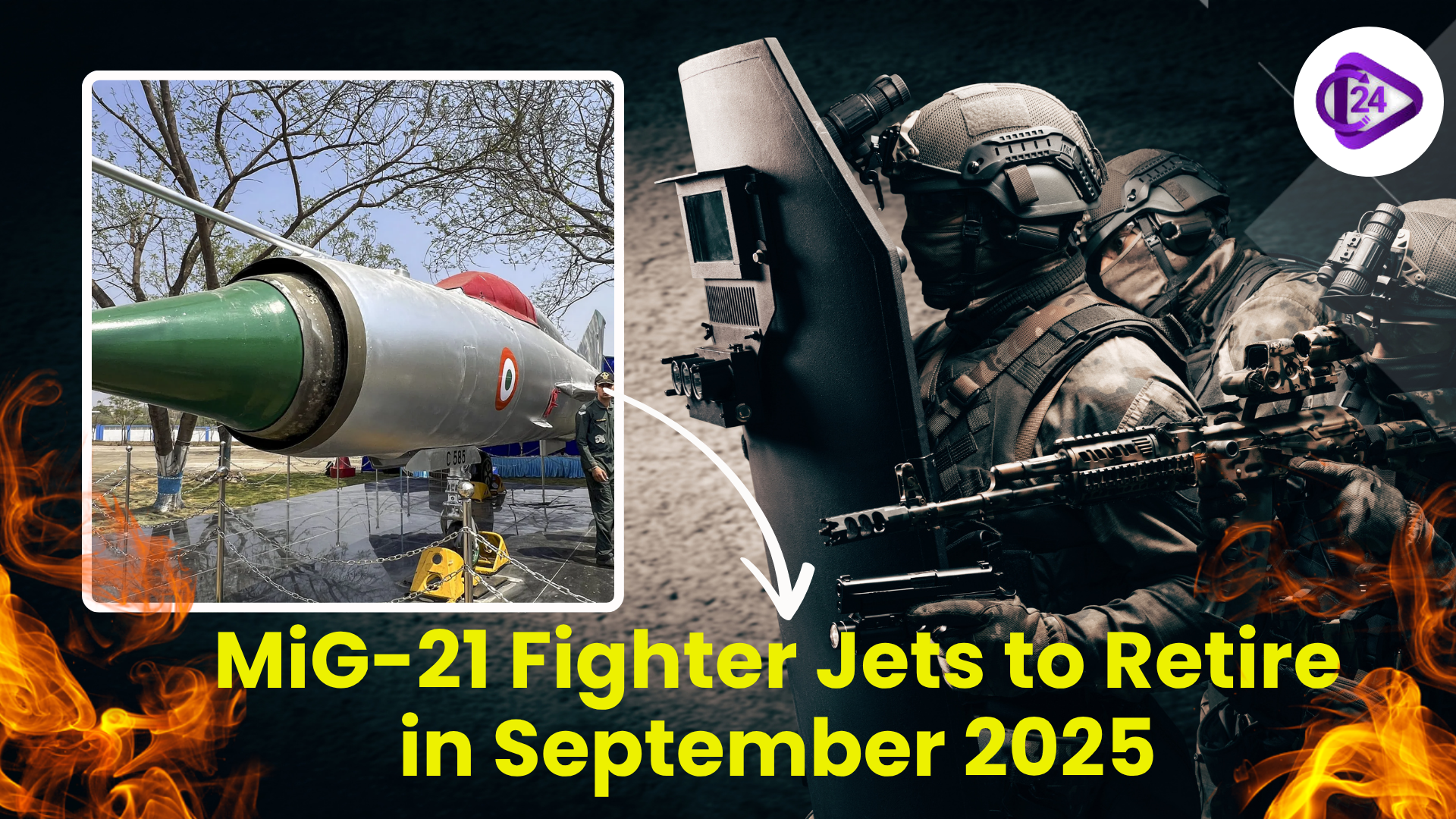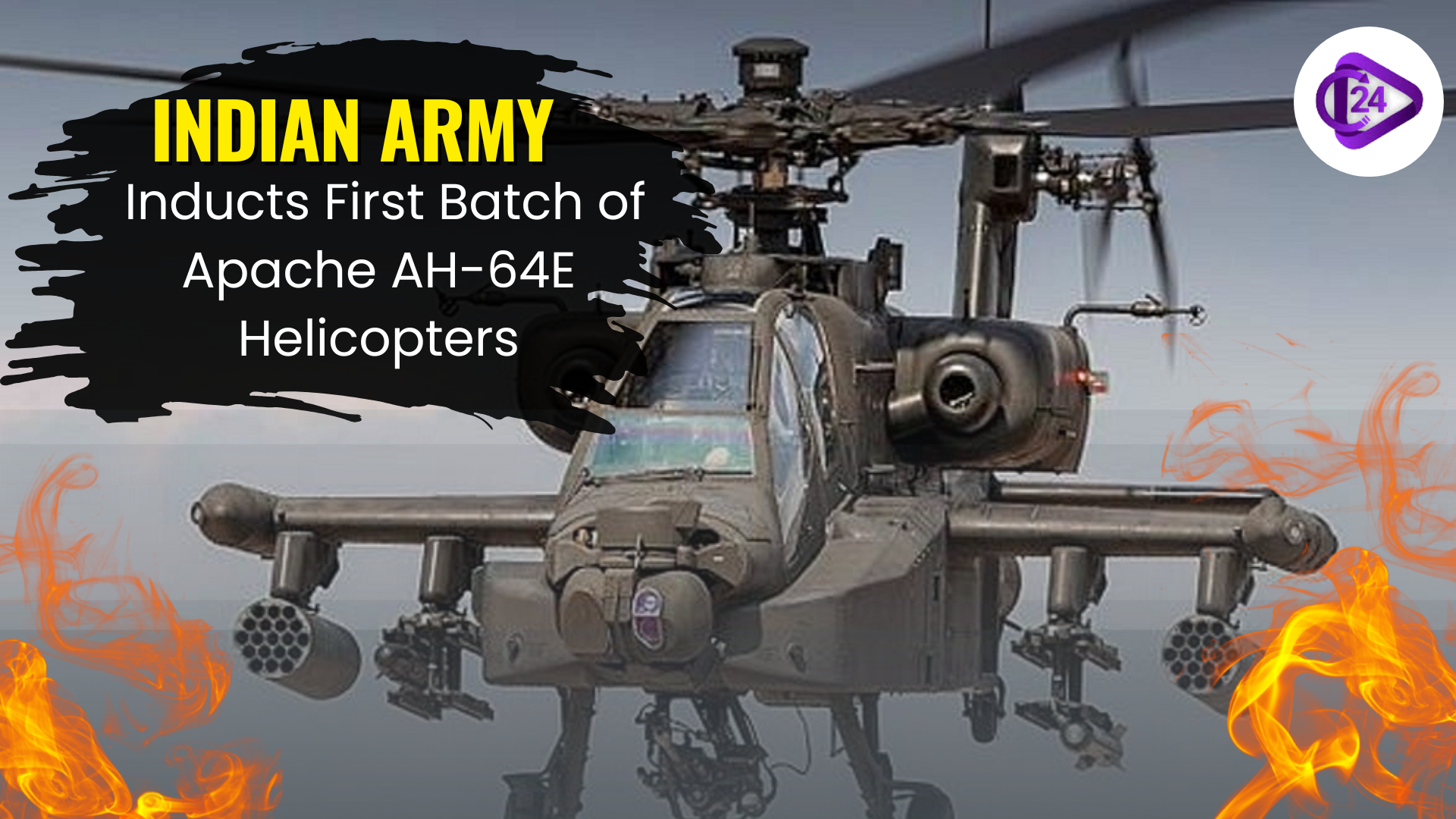
The Indian Air Force (IAF) MiG-21 Bison fighter aircraft that have been used by the air force for more than 60 years will be finally set out of service in September 2025. It will have a ceremonial farewell at the Chandigarh Airbase in the presence of veteran pilots. The MiG-21s were inducted first back in 1963 and had key roles in the wars that took place between 1965 and Balakot 2019. More than 700 units were ordered with many of them being constructed locally by HAL. These jets will be phased out by the indigenous Tejas Mk1A as India struggles to become self reliant in defence.
Context
-
The MiG-21 has formed the mainstay of the IAF fighter since the 1960s.
-
First built in the Soviet Union, it now makes a sign of a rise in military aviation in India in the Cold War times.
-
Nevertheless, because of the accident rate and many years in service, the plane was nicknamed “Flying Coffin”. T
-
The fact that it will be replaced by Tejas Mk1A is the transition to a new generation of the Indian defense strategy.
About MiG-21
|
Feature |
Details |
|
Origin |
Soviet Union |
|
First Inducted in India |
1963 |
|
Type |
Supersonic Jet Fighter and Interceptor |
|
Engine |
Single-engine |
|
Top Speed |
Mach 2.0 |
|
Combat Roles |
Interception, Ground Attack, Air Superiority |
|
Wars Participated |
1965, 1971, 1999 Kargil War, Balakot (2019) |
|
Famous Mission |
Shot down Pakistani F-16 in 2019 (Abhinandan) |
Battle Log of MiG-21
-
Wars: 1965 and 1971: Air supremacy and tactical strike capability.
-
Kargil War 1999: It was specially deployed as precision strike on high altitude terrain.
-
Balakot Air Strikes (2019): It took center stage again; a Wing Commander Abhinandan Varthaman shot down a Pakistani F-16 with a MiG-21.
-
Operation Sindoor: The last operation before decommissioning.
Future Replacement: Tejas Mk1A
|
Feature |
Tejas Mk1A |
|
Type |
Indigenous Multi-role Light Fighter |
|
Manufacturer |
HAL (India) |
|
Engine |
GE-F404 |
|
Top Speed |
Mach 1.8 |
|
Avionics |
AESA radar, EW suite, Smart HUD |
|
Weapon Systems |
Air-to-air, air-to-ground missiles |
|
Benefit |
Lightweight, agile, modern, indigenous |
Current MiG-21 Squadron Status
|
Squadron Name |
Nickname |
Location |
Aircraft Strength |
|
23 Squadron |
Panthers |
Nal Airbase, Rajasthan |
~18 aircraft |
|
3 Squadron |
Cobras |
Nal Airbase, Rajasthan |
~18 aircraft |
After their retirement, the IAF’s total combat strength will be reduced to 29 squadrons, well below the sanctioned 42 squadrons.
Causes of retirement
-
Age: More than 60 years of service.
-
Great numbers of Accidents: 170 pilots, 40 civilian casualties.
-
Technological Limitations: Unsuitable in modernity.
-
Operational Cost: Safety and high maintenance.
Why is this transition important?
-
The retirement of the MiG-21 set an end to the era: It had been the air combat identity of India to crown decades.
-
Indigenization Push: Exports a lot of the movement to Make in India defence ecosystem.
-
Department modernisation of IAF: Makes it more agile, survivable, and ready to face the future.
Conclusion
The MiG-21 fighter jet's retirement scheduled in September 2025 is the closing of a legendary era in Indian military aviation. Their phasing out with the native Tejas Mk1A represent not only a technological breakthrough but also the determination of the Indian state to pursue the modern Army of the air to be self-sufficient in the age of the current and efficient ones.



 India Achieves 20% Ethanol Blending in Petrol — 5 Years Ahead of Target
India Achieves 20% Ethanol Blending in Petrol — 5 Years Ahead of Target Aadi Thiruvathirai 2025: Honouring Rajendra Chola I
Aadi Thiruvathirai 2025: Honouring Rajendra Chola I 90%+ Sewer Deaths Occurred Without Safety Gear, Finds Social Audit
90%+ Sewer Deaths Occurred Without Safety Gear, Finds Social Audit Indian Army Inducts First Batch of Apache AH-64E Helicopters
Indian Army Inducts First Batch of Apache AH-64E Helicopters Parliament Passes ‘Bills of Lading, 2025’ to Modernize Maritime Trade Law
Parliament Passes ‘Bills of Lading, 2025’ to Modernize Maritime Trade Law Vice-President Jagdeep Dhankhar Resigns Citing Health Reasons
Vice-President Jagdeep Dhankhar Resigns Citing Health Reasons Tamil Nadu Police to Launch e-Sakshya App for Digital Evidence Collection
Tamil Nadu Police to Launch e-Sakshya App for Digital Evidence Collection Indian Army’s AI Roadmap by 2026-27: From Drone Swarms to Smart War Rooms
Indian Army’s AI Roadmap by 2026-27: From Drone Swarms to Smart War Rooms Fauja Singh, World’s Oldest Marathoner, Cremated with State Honours
Fauja Singh, World’s Oldest Marathoner, Cremated with State Honours






